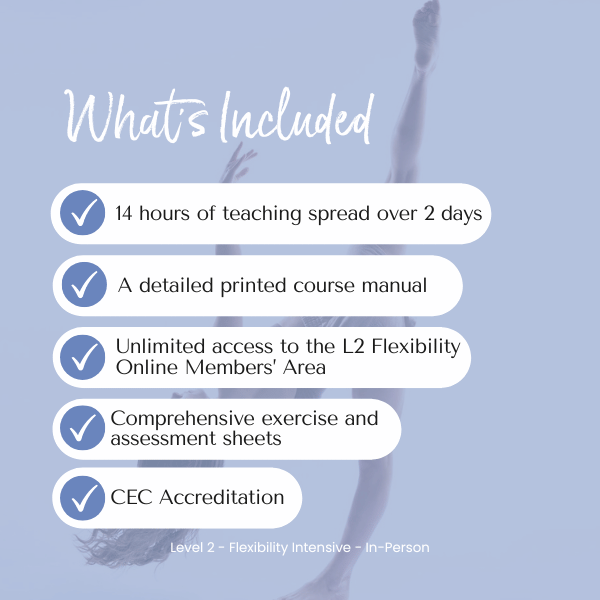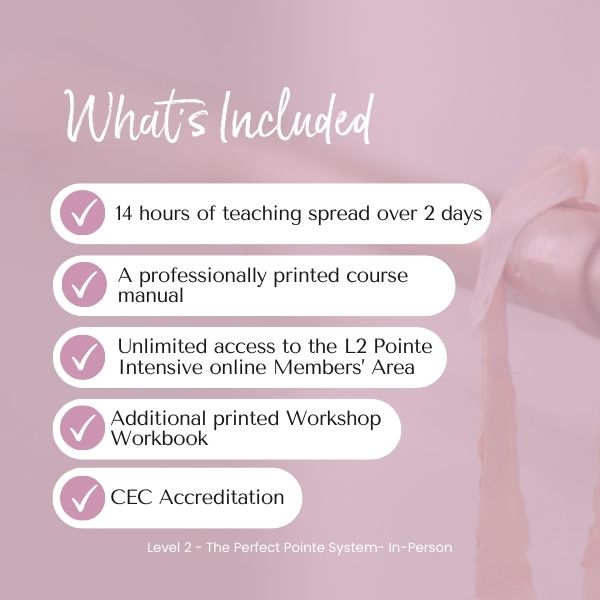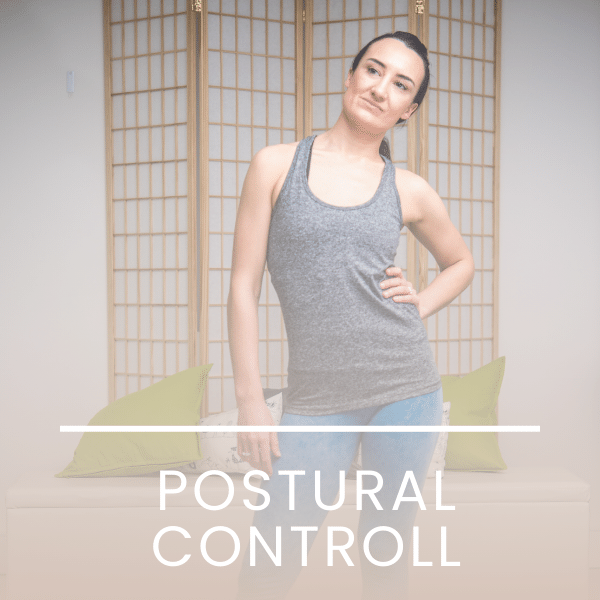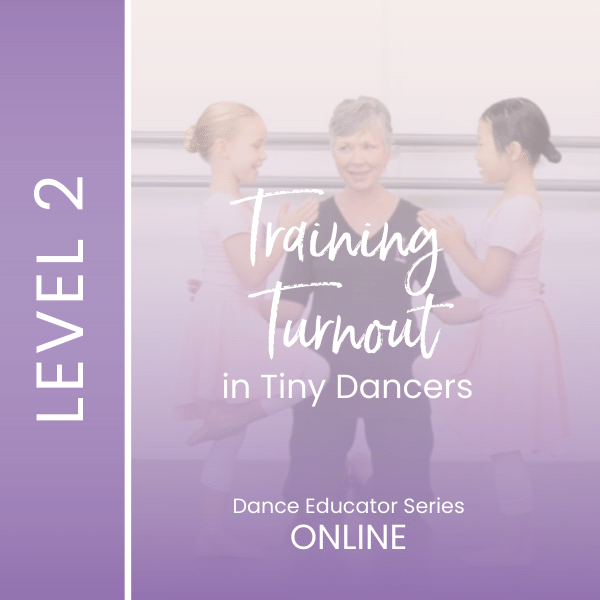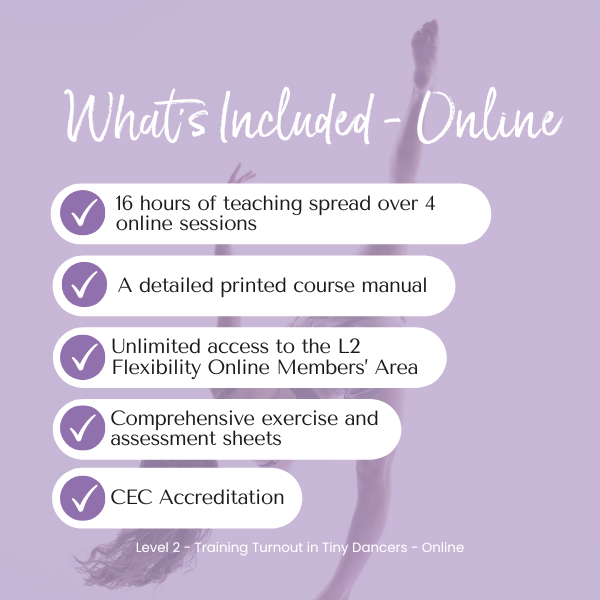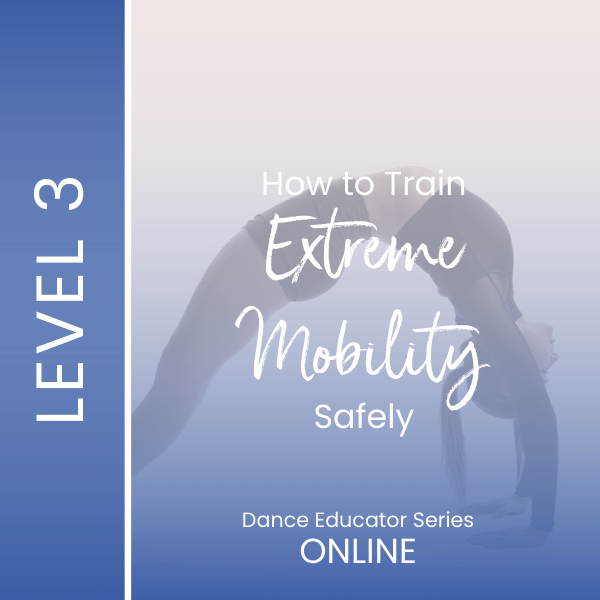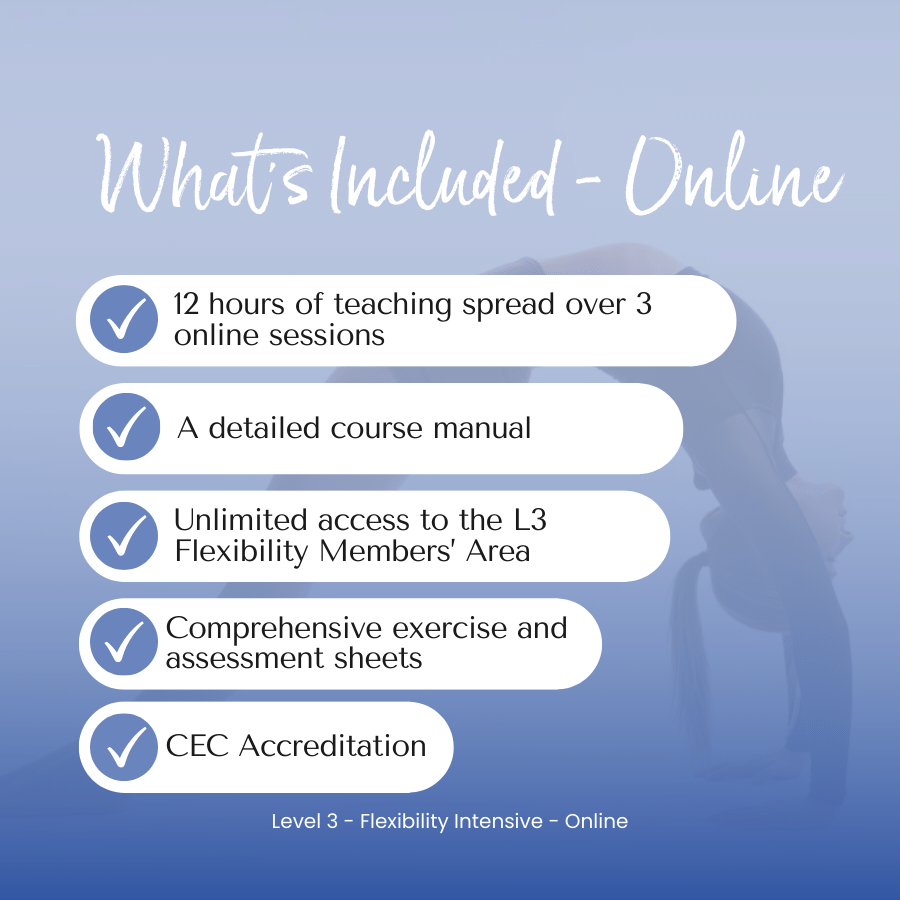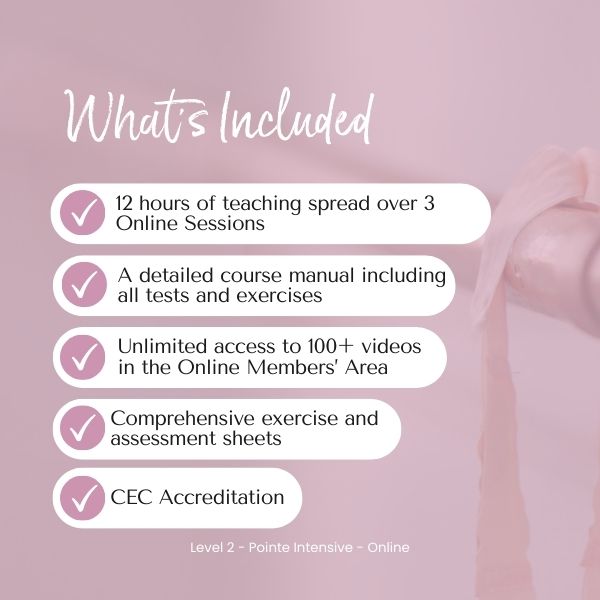- Free Articles
- Shop
- Workshops
- The Dance Educator Series
- L1 – The Fundamentals
- L2 – Pointe Intensive
- L2 – Flexibility Intensive
- L2 – Training Turnout in Tiny Dancers
- L3 – Foot & Ankle Injuries in Dancers – NEW
- L3 – Hip Injuries in Dancers
- L3 – How to Train Extreme Mobility Safely
- Upcoming Workshops
- Workshop FAQ’s
- Workshop Testimonials
- Host Application Form
- Dance Teacher & Health Professional Directory
- Members Areas
- Cart
- My Account
Level 3 - How to Train Extreme Mobility Safely
For Dance Teachers and Health Professionals
"Just because you can, doesn't mean you should...!"
Many dance teachers are concerned at the safety of their students who are working into the extreme positions required by some current choreography. They want to keep their students safe, yet do not want to hold their dancers back from succeeding in this ever-competitive world. This workshop will help you assess your students in detail and be able to offer them effective techniques for improving their range in a logical clear order.
While some young dancers struggle with their range constantly, others have excessive natural range, and will often perform "tricks" that make most adults squirm. It is also for those who are concerned at the extreme positions young dancers are wanting to work into, as it gives you safe guidelines on how to guide their dancers safely towards more extreme positions.
About This Course:
This course is designed for Dance Teachers, Rhythmic Gymnastics Coaches, Yoga Teachers and Health Professionals working with Performance Artists.
This intensive teacher training workshop with Lisa Howell will answer questions such as:
- How can we train the level of mobility required in elite level choreography safely?
- In students who have amazing natural range, how do I ensure they stay safe?
- How can we train deeper back extensions without risk of stress fractures or spondylolisthesis?
- Is there a way of overstretching safely?
- Why do students with a flexible back often lose their mobility as they get older?
- Why do some students with Hypermobile joints still struggle with their flexibility?
- Should we avoid stretching in Hypermobile students?
- How do you help students reduce the need to crack when they feel like they must do it to get full range?
You will finish the course armed with a wide array of helpful retraining techniques to safely and carefully train performance artists to achieve high level skills. Each sequence is progressed in a very methodical way to eliminate the danger faced when simply attempting the full skill over and over again.
If this sounds exactly like what you have been looking for, then check out the available formats, and chose the one that works best for you!
In-Person:
This course is conducted in-person over two days in various locations around the world at different times. Attending in person is a great option for those who love to be immersed in the learning experience, and to get personal, physical feedback on your understanding of the content. Check the dates and locations available on our upcoming workshops page, or, if you would like to host an in-person Dance Educator workshop, please fill out the Host Application Form and send through to us.
Online:
When delivered online this course is delivered over 3 weeks, with 2 x 2 hour content sessions each week. This layout allows you to ask questions and get personal feedback, just like in an in-person course, but allows you to do so from the comfort of your own home. An added benefit for many participants is having a week of integration time between each online session, to review the material, try it out on several dancers, and avoid the sense of overwhelm that some feel in a multi-day course.
What's Included:
CONTACT HOURS:
-
In-Person: 14 hours of teaching spread over 2 days
-
Online: 12 hours spread over 3 weeks (3 x 4hr sessions)
MATERIALS PROVIDED:
-
A detailed course manual which includes both the theoretical components and practical exercises discussed in the course.
-
Access to a detailed student workbook to help work through the process with your students
ONLINE MEMBERS' AREA:
-
During the workshop will you be given access to the Level Three - How to train extreme mobility safely Members' Area, giving you lifetime access to hundreds of resources to continue your learning, including:
-
Over 100 pre-recorded videos explaining each test and exercise in detail
- Case studies and assessment videos
-
A variety of different assessment sheets to help different learning styles
-
Downloadable tracking sheets and exercises rehab plans to make implementation of the course content as easy as possible
CEC ACCREDITATION:
-
After the workshop, you will be emailed the CEC Accreditation Application Form, which is designed as an overview of the online course in order for you to appropriately claim CEC credits with your governing body.
-
In-person: 14 hours
-
Online: 12 hours
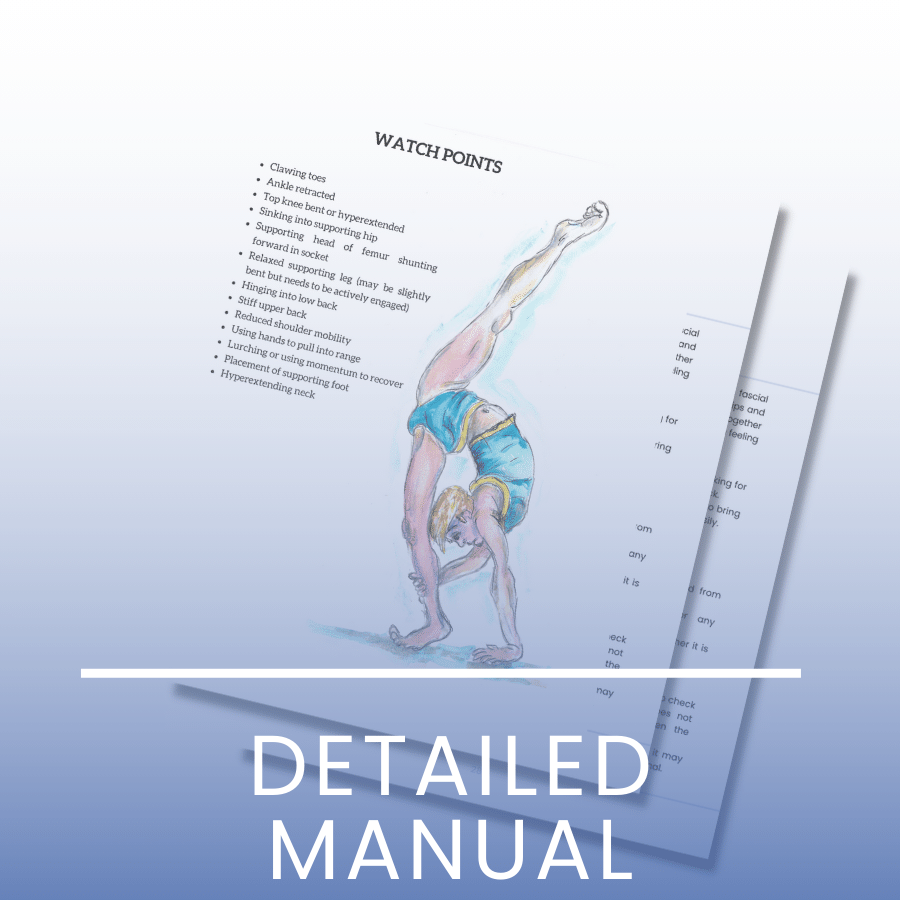
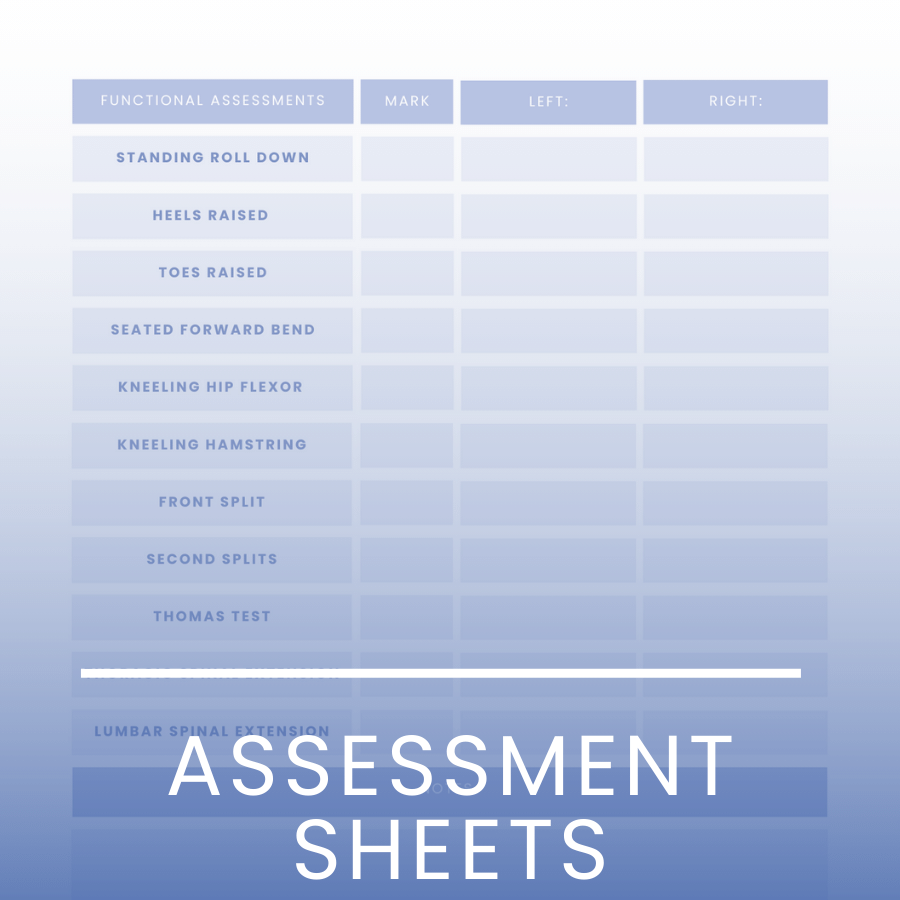
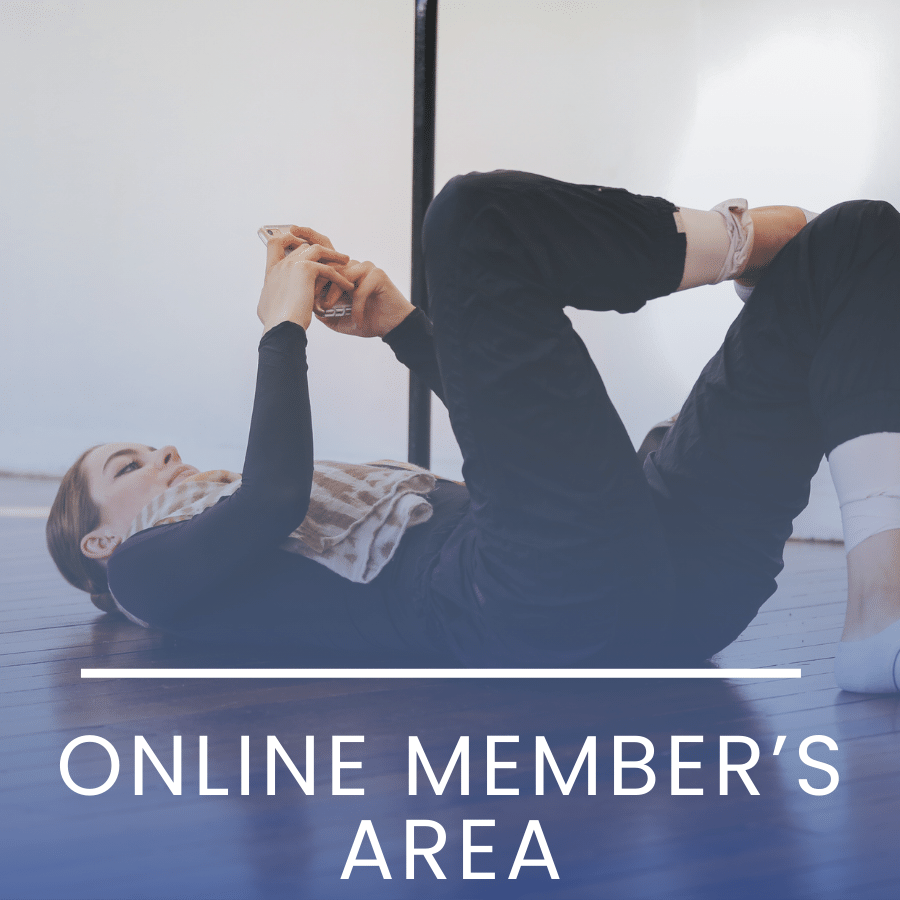
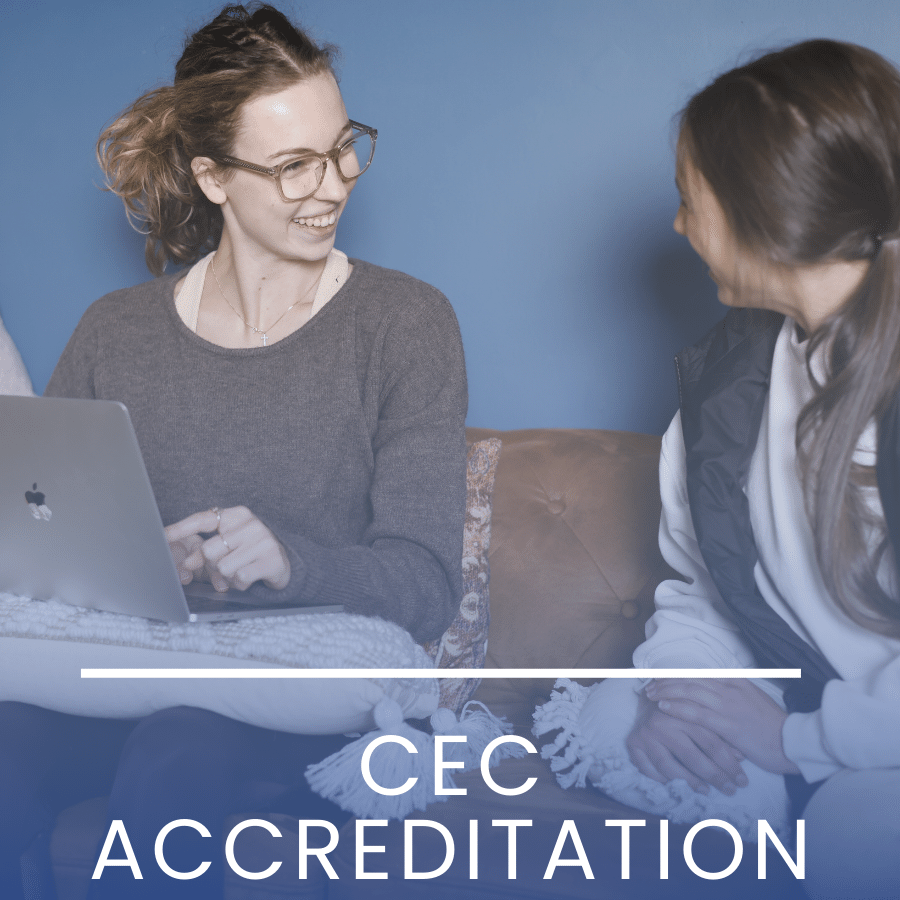
Overview of the content covered:
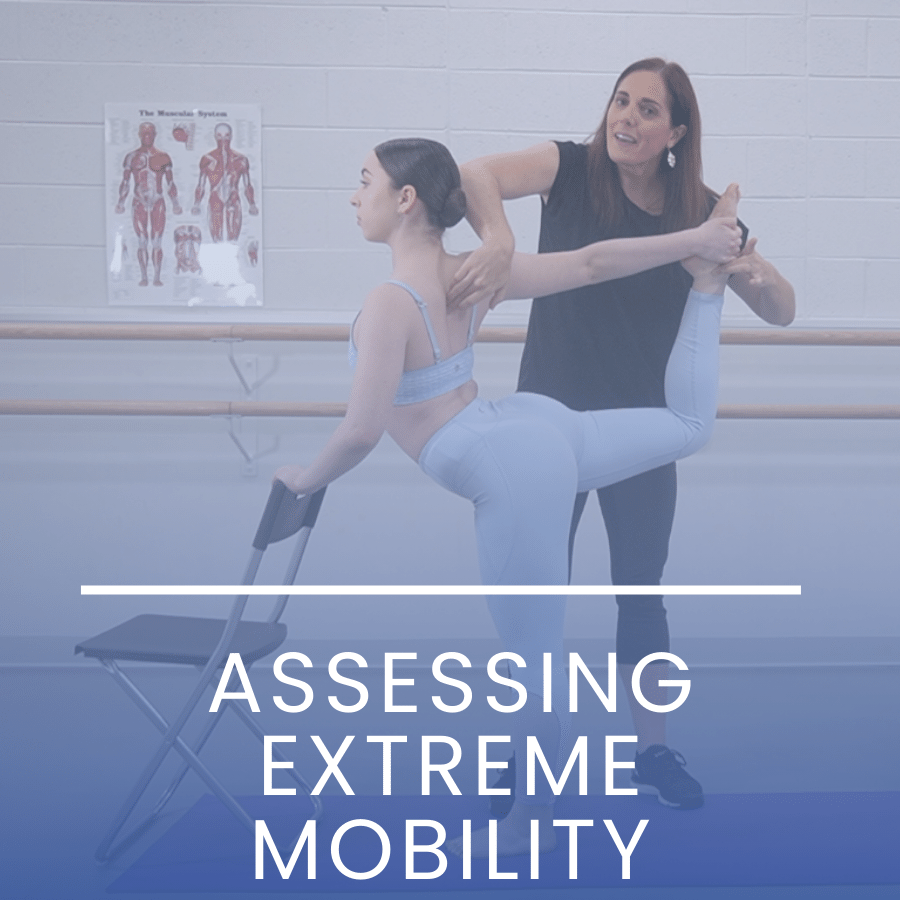
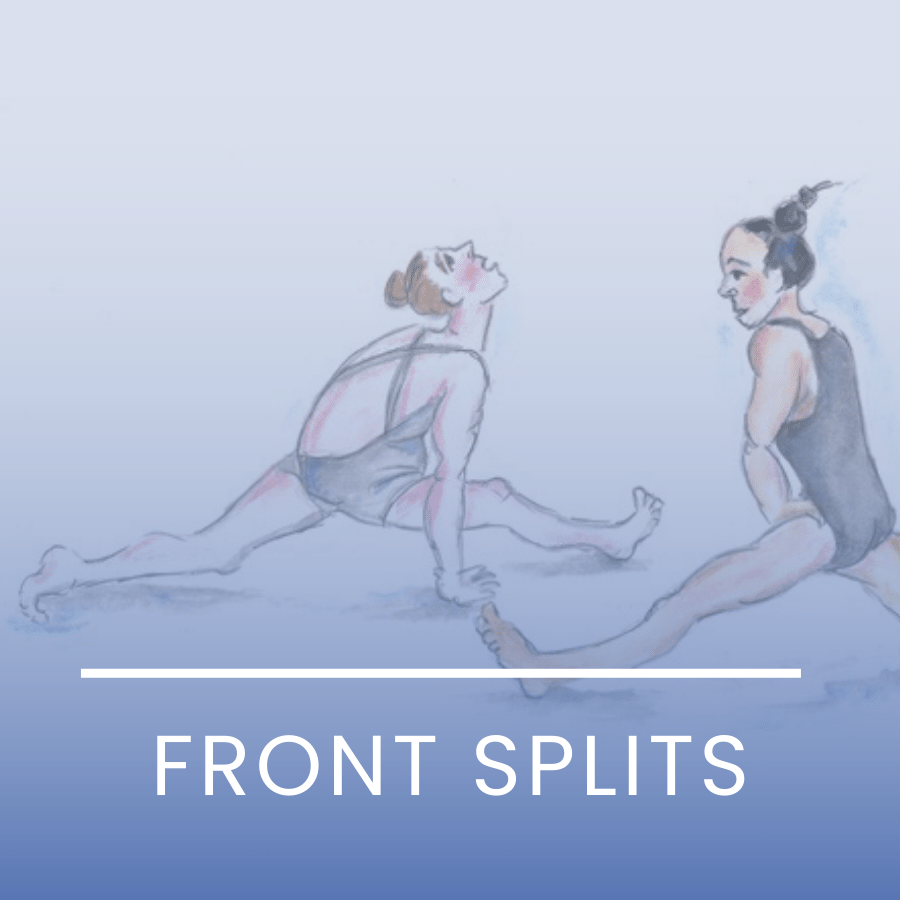

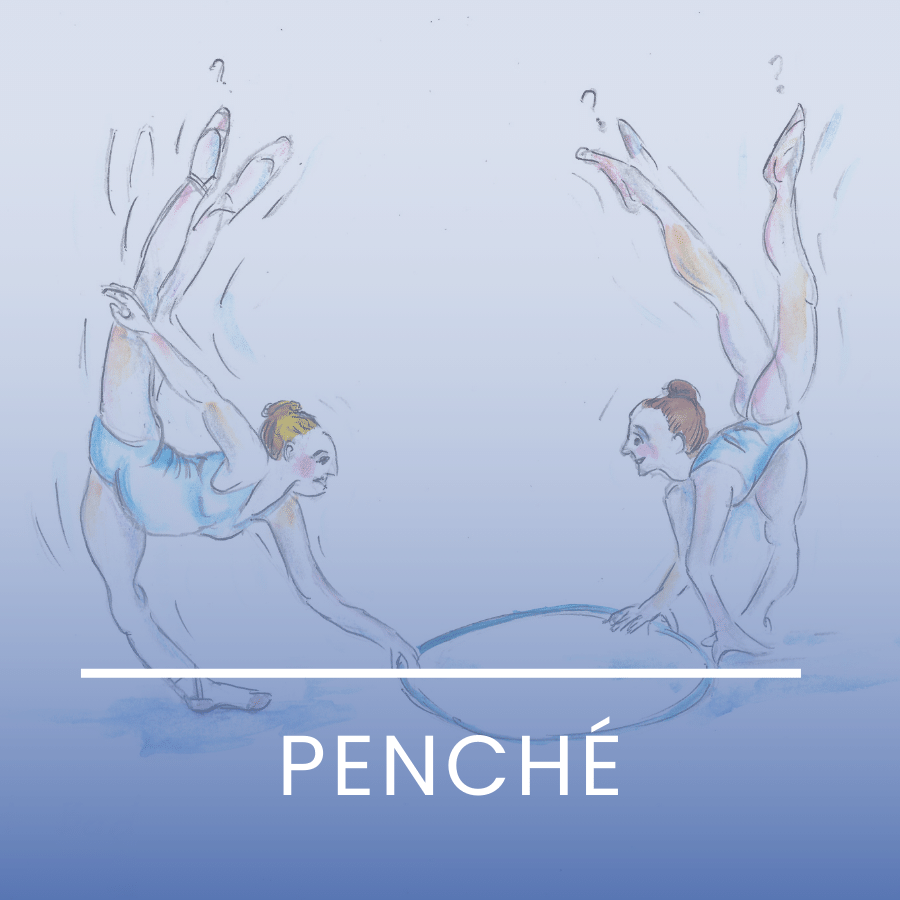
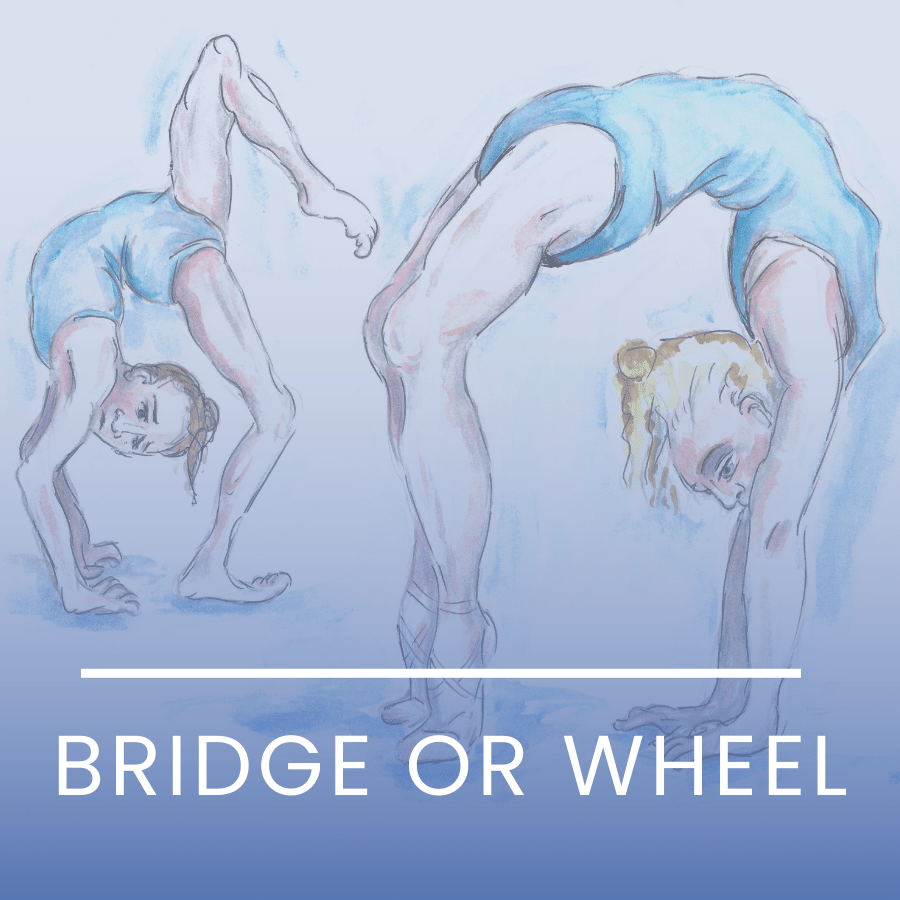
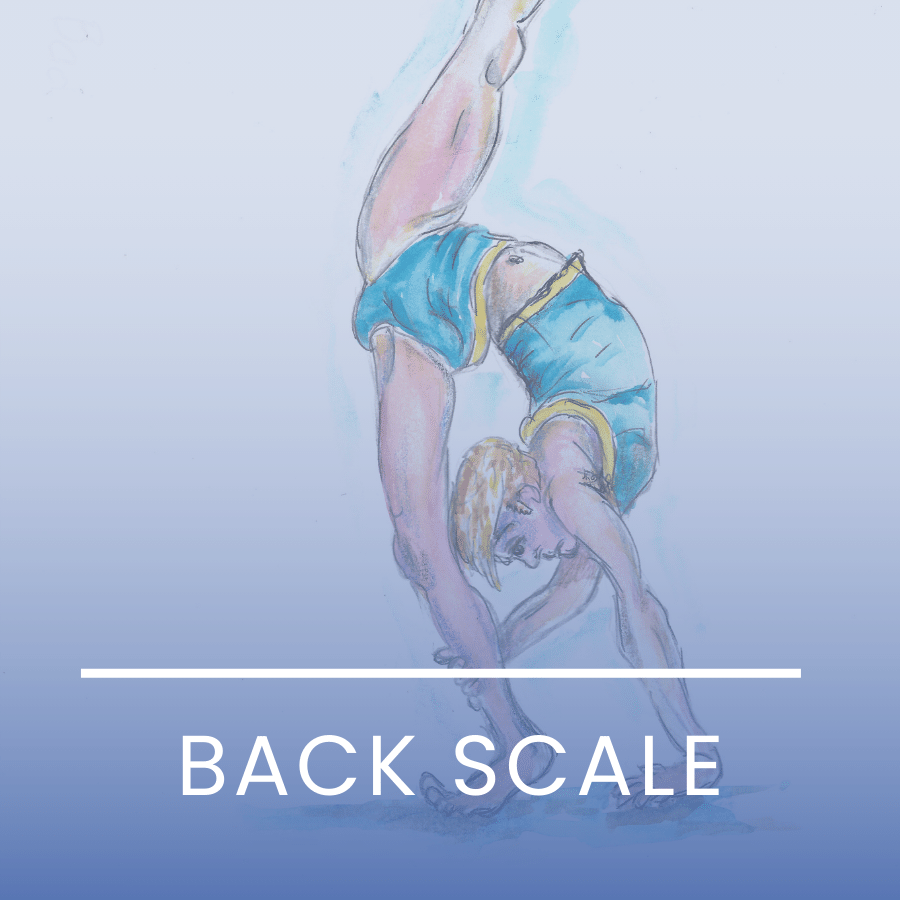
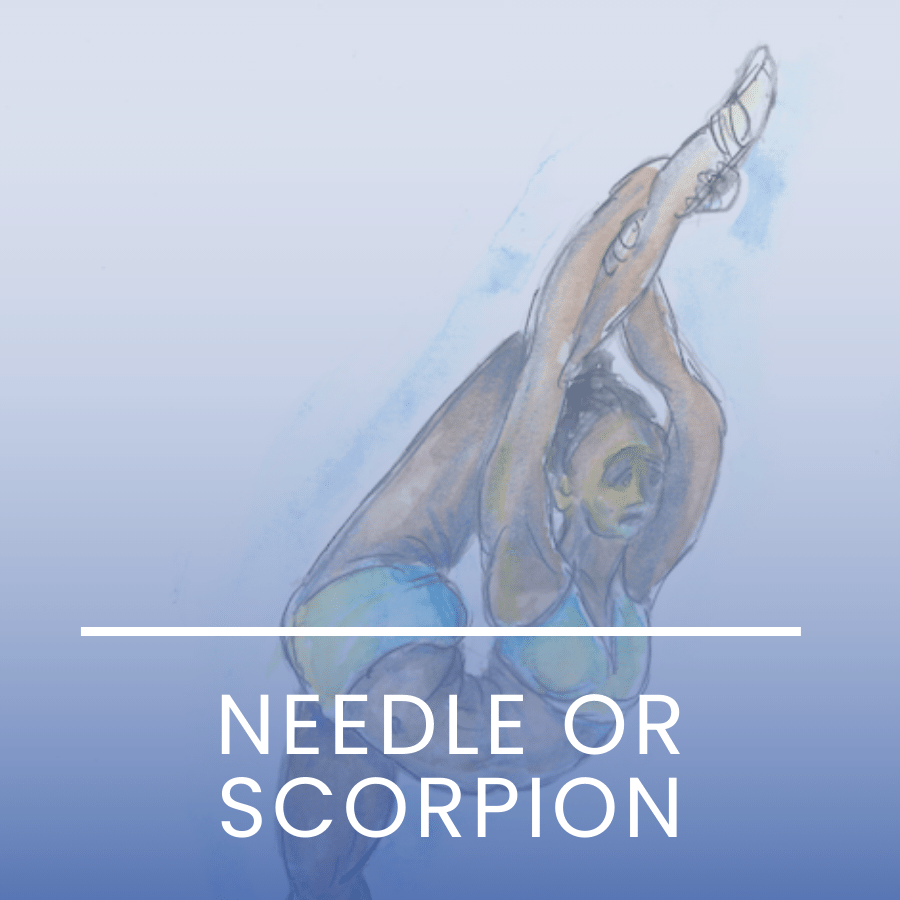
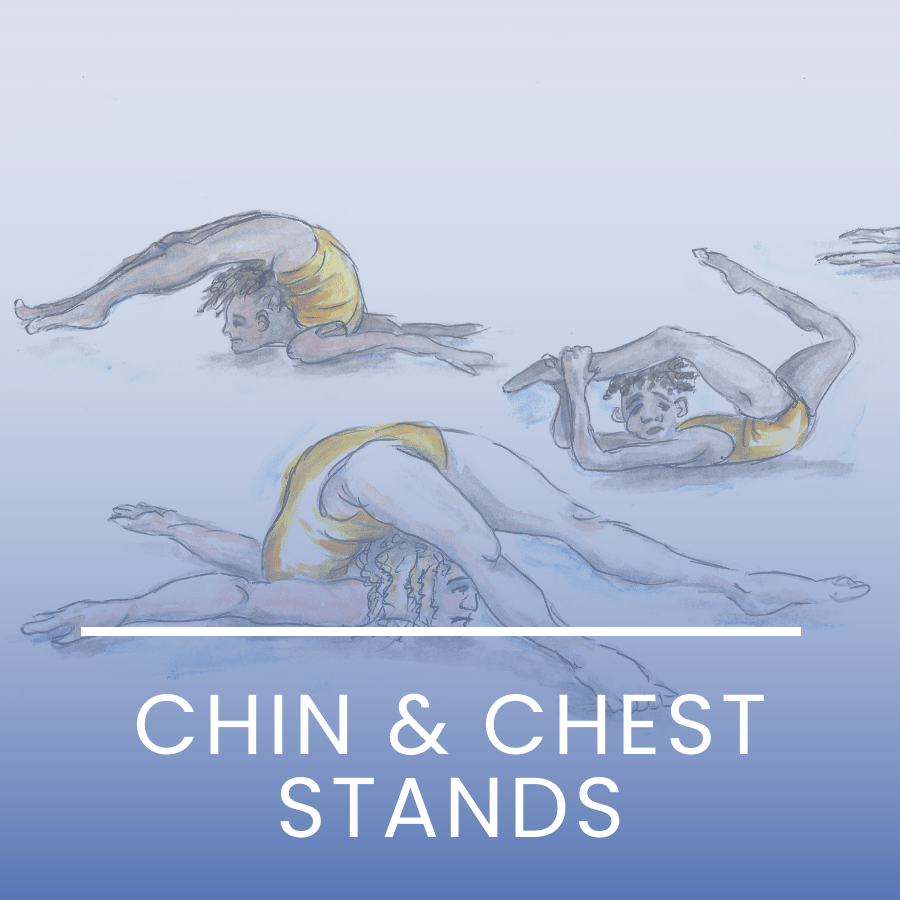
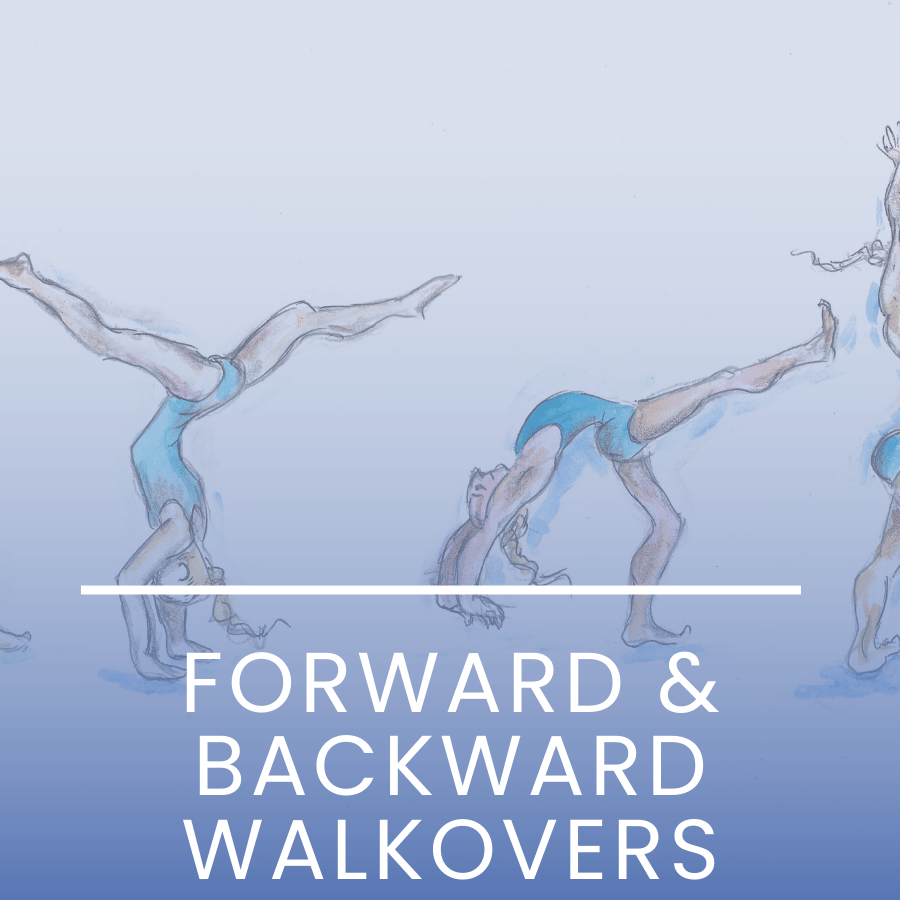
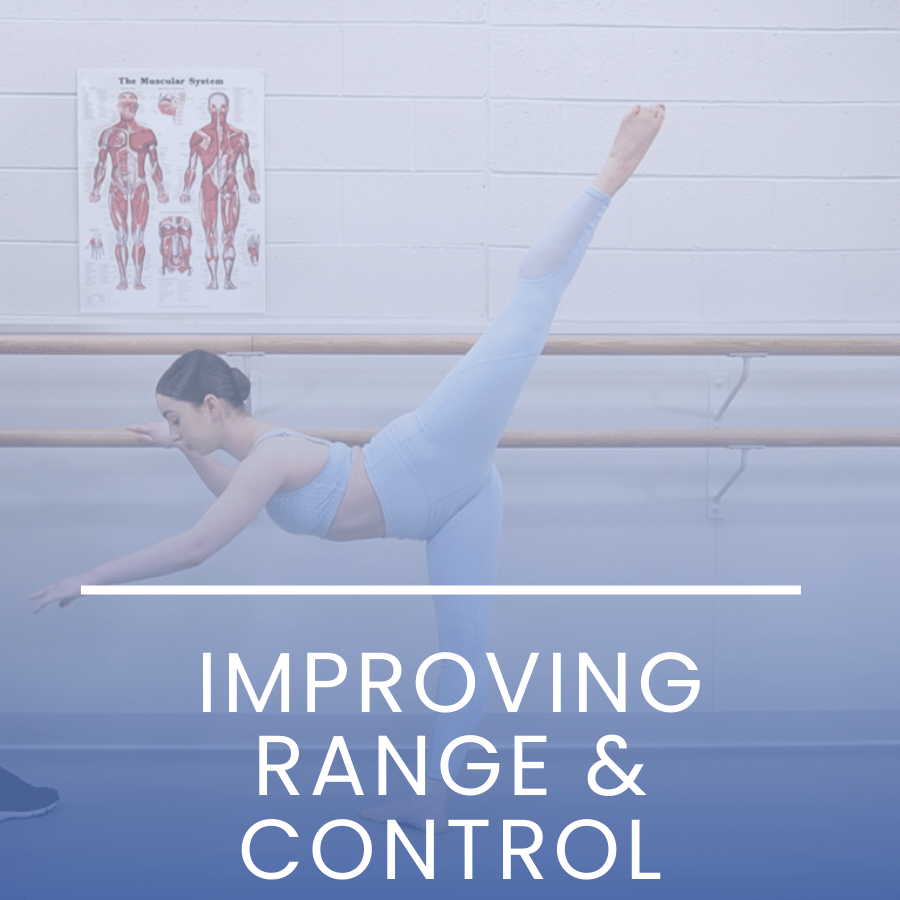
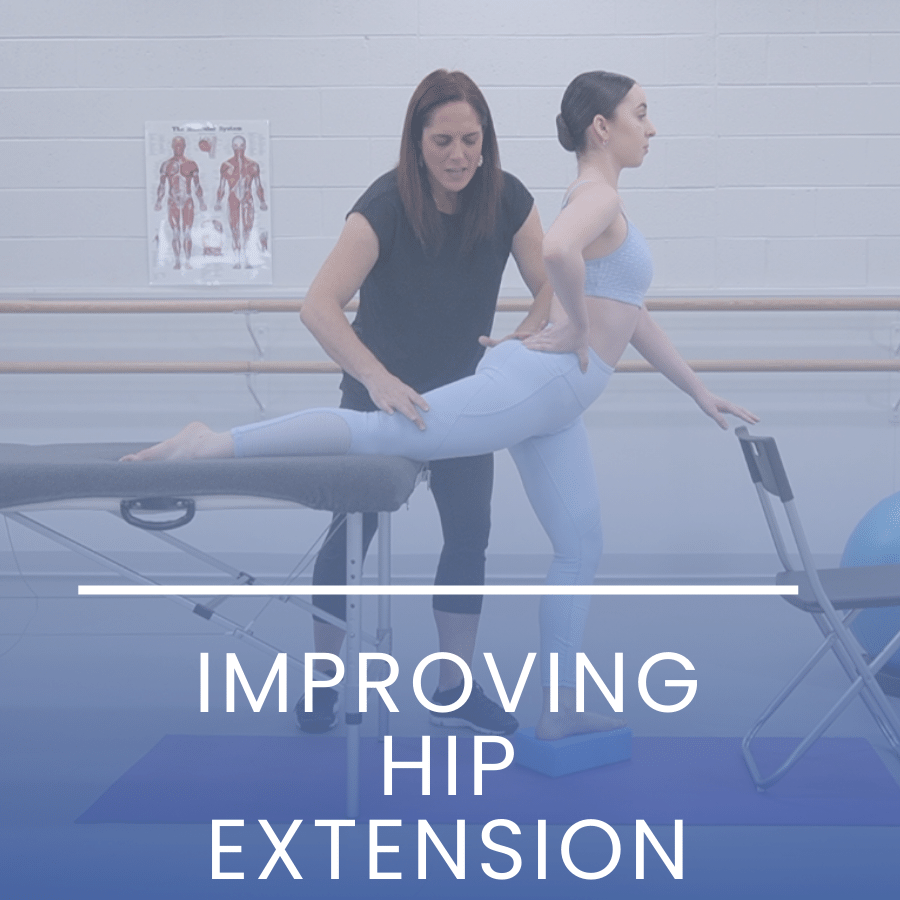
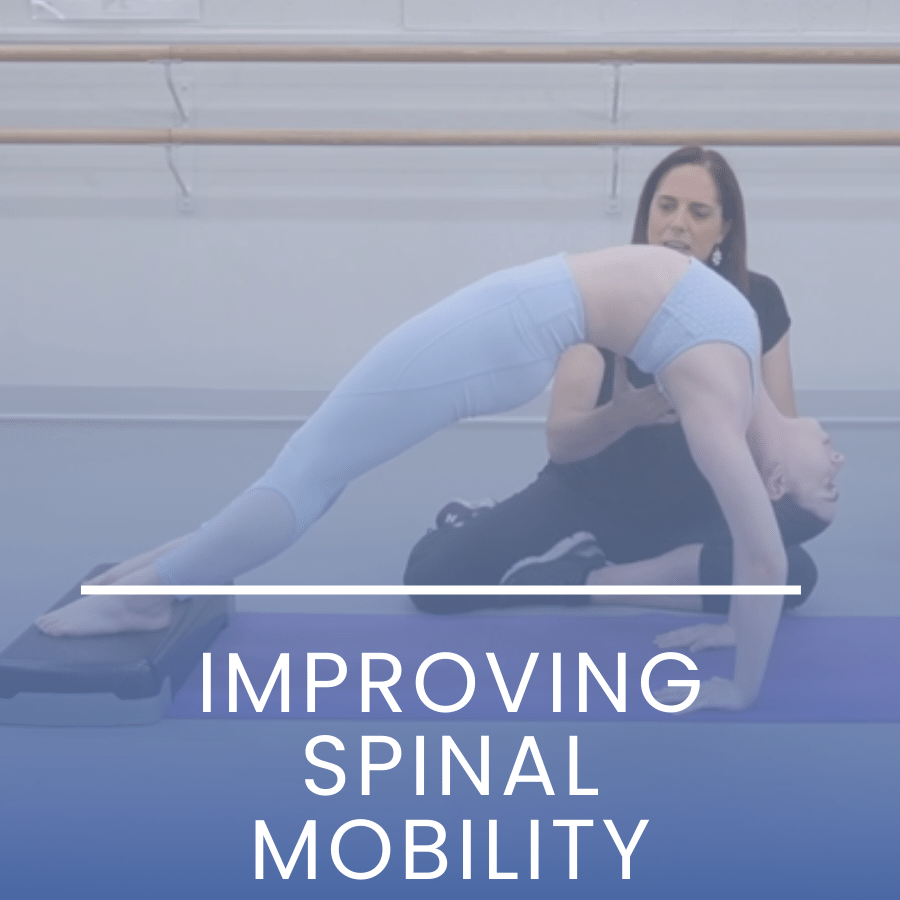
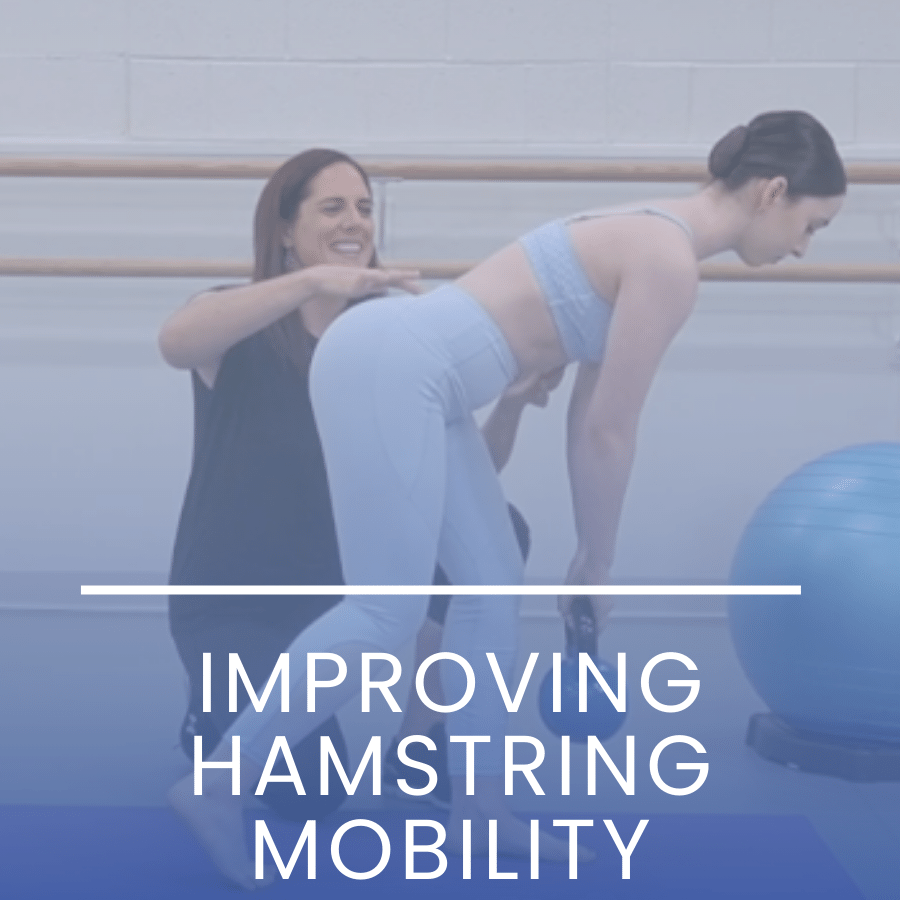
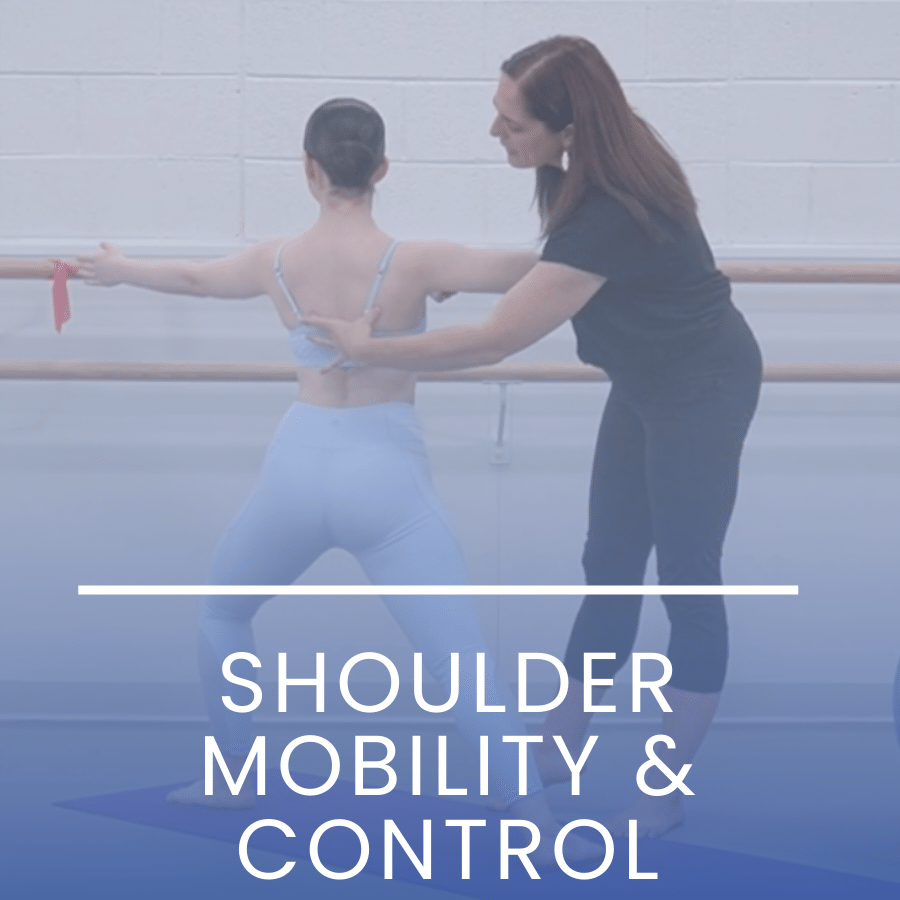
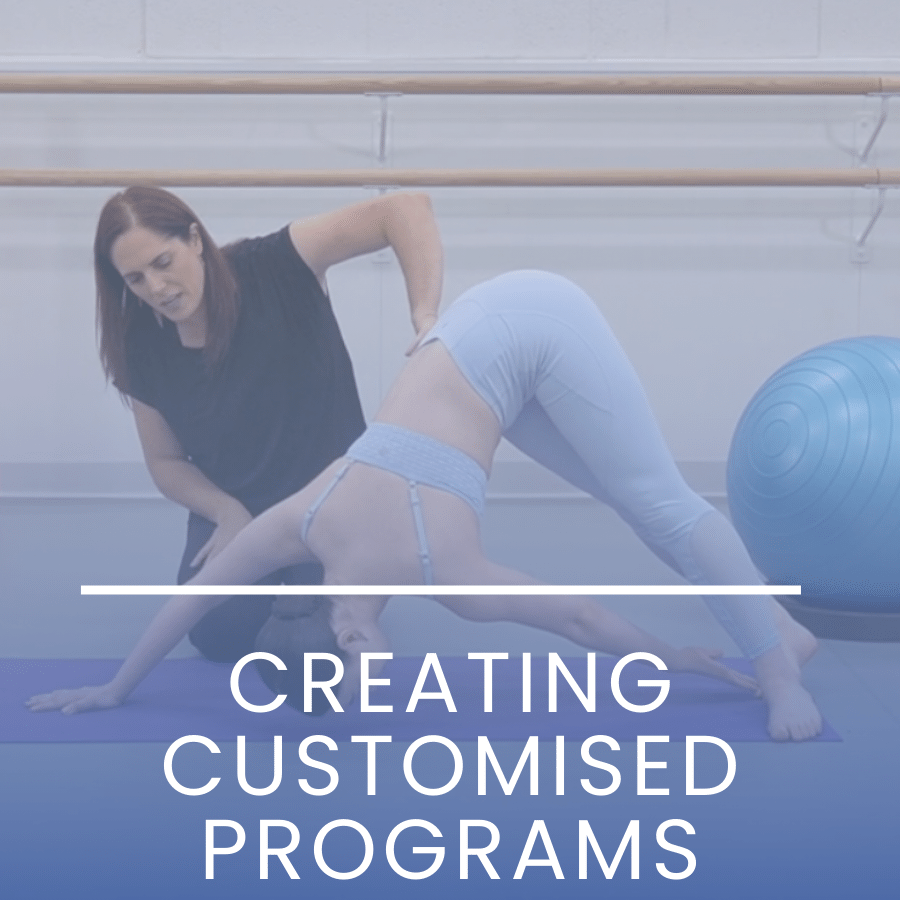
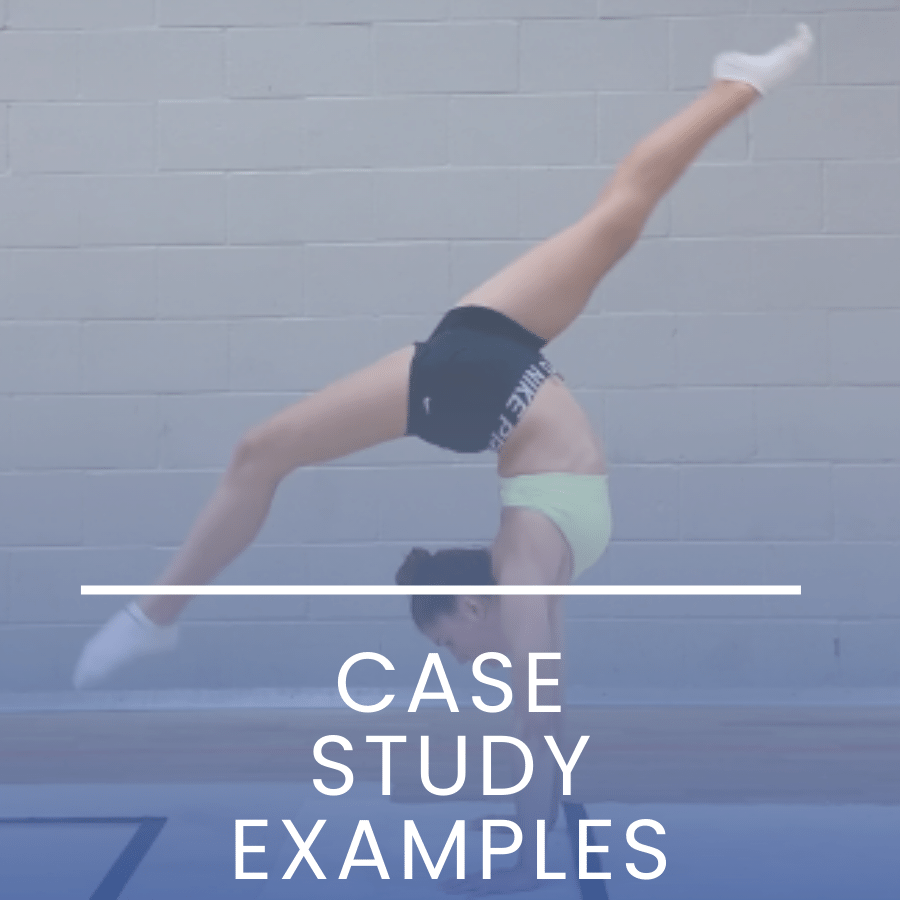
To get started on this comprehensive flexibility course, check out the available locations and dates on our Upcoming Workshops page.
FAQ's:
Do I have to be able to demonstrate all of the exercises?
- No! Please do not worry if you struggle with your own mobility or have an injury that is limiting your mobility.
- We have every element of the course filmed with demonstration students so you will not need to perform any movement that is not part of your normal repertoire.
Can I attend this course before completing the Level One or Two Flexibility Courses?
- This is not recommended
- This is a Level Three course so has a reasonable ammount of assumed knowledge
- We strongly recommend completing the Level Two - Flexibility Intensive before attending the course.
- Ideally you will have a good working knowledge of the Order of Priority in addressing flexibility restrictions covered in the Level Two course
- It is possible to complete the Level Two - Flexibility Intensive course at any time via our Self-Guided option
The course includes a fully illustrated colour manual, along with assessment sheets and a student workbook to allow ease of application in the studio. The extreme positions discussed in the manual are delightfully illustrated by Mike Howell, Lisa's Dad, allowing us to look at the issues surround each one in detail, without harming any more young dancers!
Related Content:
Is Over-Stretching Bad?
Why do hypermobile people get more pain?
Flexibility Training in Hypermobility




